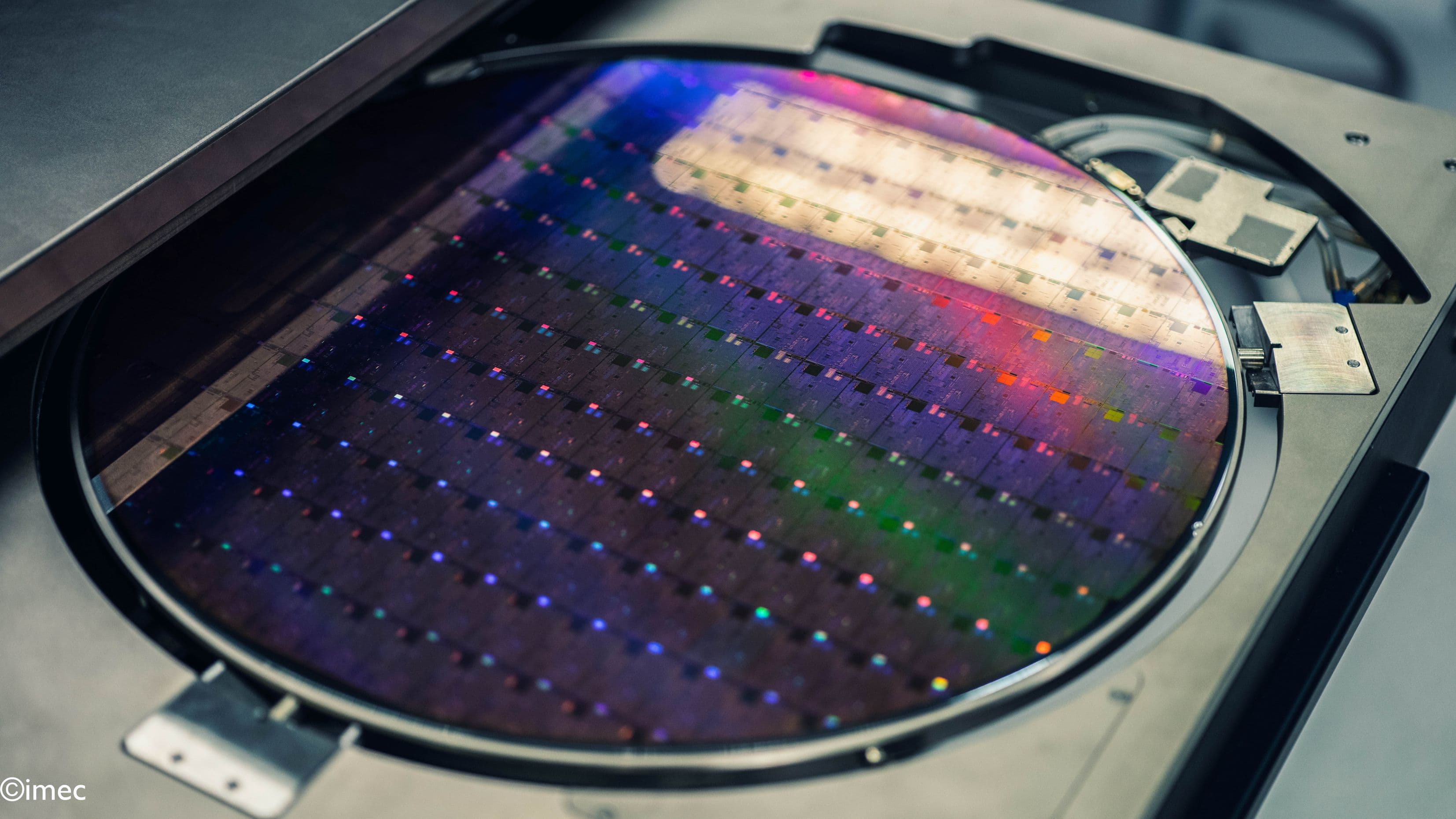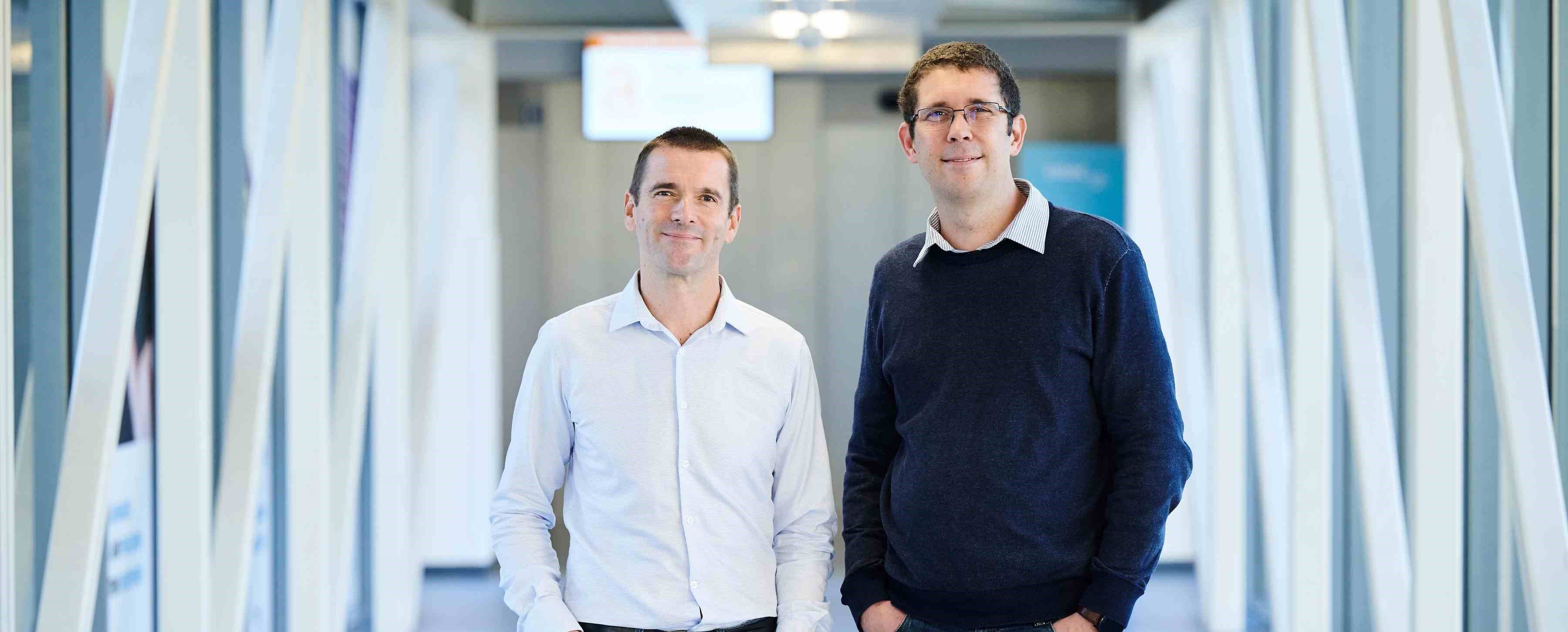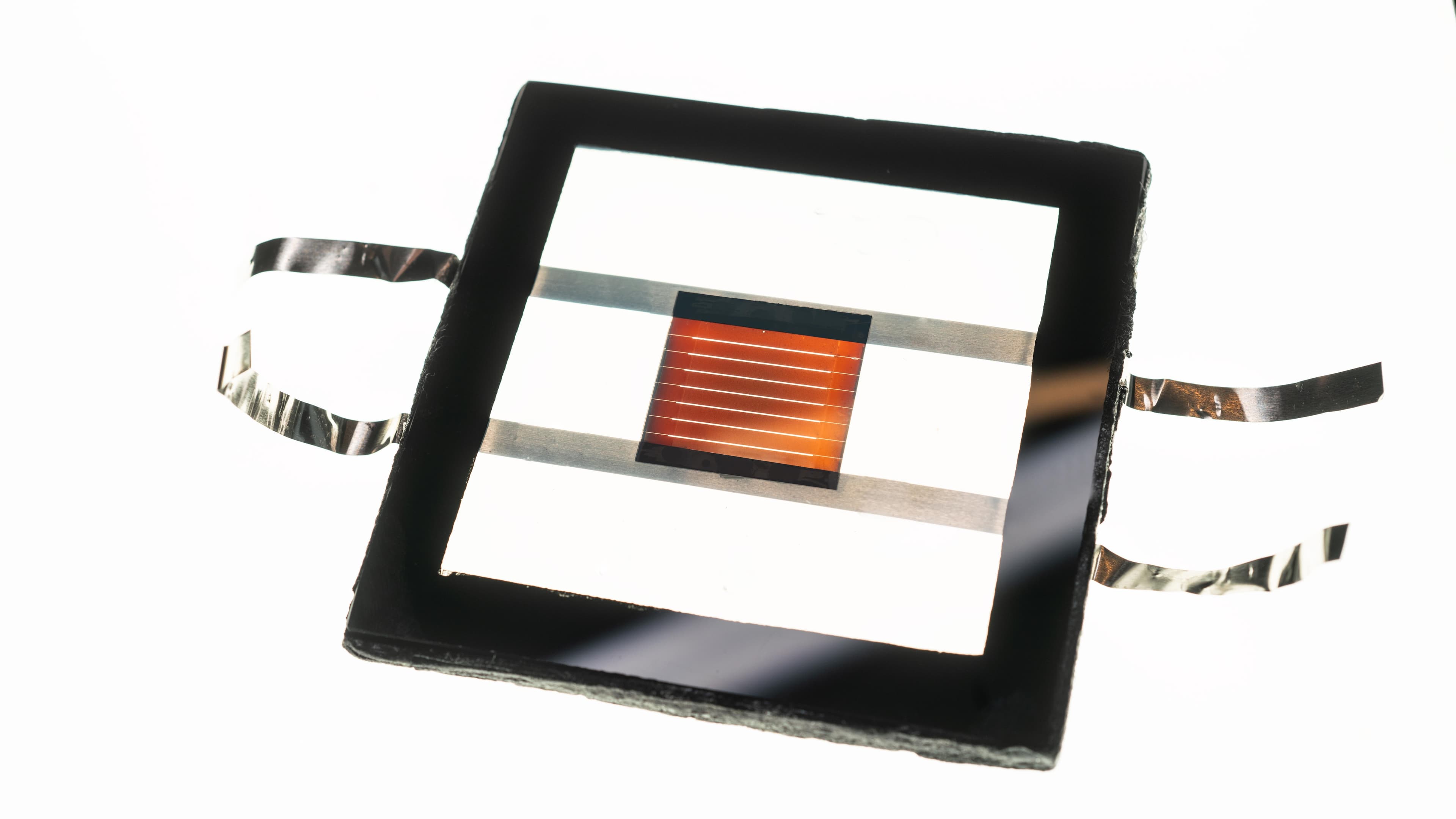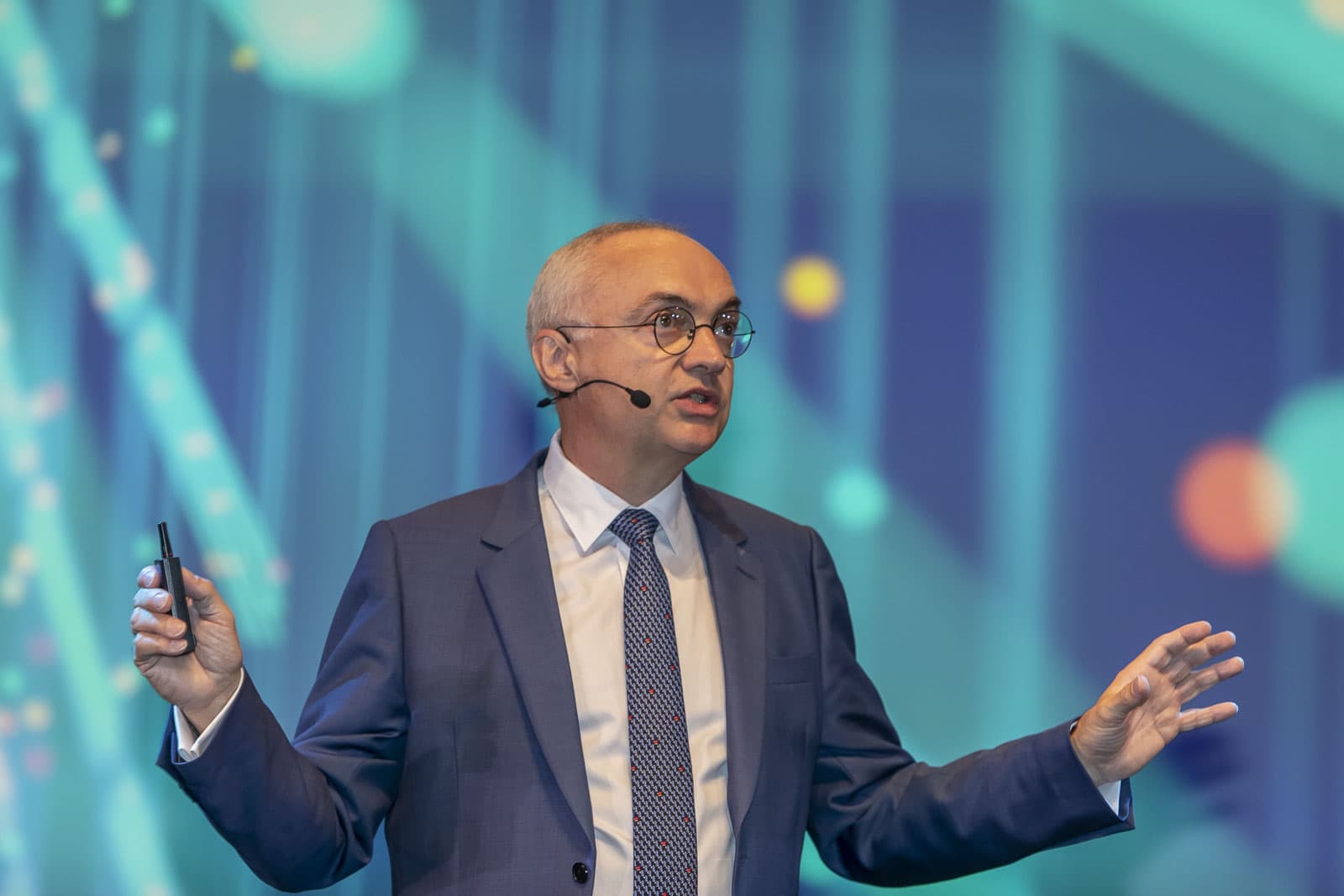
HAIRoad
Hybrid AI for predictive Road maintenance.
Today, the condition of the roads in Flanders is monitored through labor-intensive and costly human inspection. To help solve this challenge and automate road inspection, the project partners will leverage smart sensors and hybrid Artificial Intelligence (AI). They envisage that through their innovations, road inspection can be done faster, and maintenance can be planned earlier. This should lead to roads which have fewer bumps, are less noisy, and are generally safer.
A dense network, challenging to maintain
Flanders has one of the densest and heavily used road networks in the world, a network that is challenging to maintain and upgrade. As a result, up to 30% of municipality budgets are spent on mobility and road infrastructure.
The standard approach to map the state of the municipal road network is the one currently set forward by the Belgian Road Research Centre (BRRC). It is mainly based on visual inspection. But due to the high costs and limited budgets, less than 5% of municipalities have adopted it. Most will use an ad-hoc approach, often working more reactively instead of preventive. So there is a clear need for an innovative approach that is more cost-effective.
Leveraging AI and sensors
With its highly complementary group of research and industrial partners, HAIRoad wants to improve the state of the art and the current BRRC approach, by adding automated data collection and interpretation. A second goal is to provide more adequate forecasts of road conditions, allowing for maintenance recommendations that correctly weigh the costs and benefits. A key element of HAIRoad’s plan is to leverage smart sensors for data collection and hybrid AI for data interpretation and forecasting.
Research goals and outcomes
HAIRoad’s partners will work on the following innovations and goals:
- Automate the acquisition of the indicators of the BRRC approach and look to develop a number of new indicators. It may, for example, be possible to monitor roads also with regards to water management and garbage.
- Improve the accuracy of indicators through data fusion of the input of various types of sensors.
- Use hybrid AI to incorporate the degradation models of the BRRC methodology in the new forecasting model.
- Develop a robust data pipeline that can facilitate the deployment and updation of the AI prediction model
The project’s innovations will be integrated in two demonstrators: one at the Port of Antwerp to validate the more technical aspects, and one at the municipality level to validate the market potential.
“HAIRoad will innovate road maintenance in Flanders through a combination of automated monitoring, new indicators, sensor fusion with heterogeneous sensors, and artificial intelligence.”
HAIRoad
HAIRoad will leverage hybrid AI and smart sensors to establish an automated predictive road maintenance platform.
HAIROAD is an imec.icon research project funded by imec and Agentschap Innoveren & Ondernemen (VLAIO).
The project started on 01.10.2023 and is set to run until 30.09.2025.
Project information
Industry
- Arch & Teco - Asset Management
- ASAsense
- Dendermonde + Verko
- Dilbeek
- Inuits
- NCS SYSTEMS NV
- Port of Antwerp
Research
- Centre de Reserches Routieres – Opzoekingscentrum voor De Wegenbouw
- Flanders Make – CoSys
- imec- IDLab– UAntwerpen
- imec – WAVES – Ugent
- UAntwerpen - SuPAR
Contact
- Project lead: Philippe Versavel
- Research lead: Siegfried Mercelis
- Proposal manager: Ali Anwar
- Innovation manager: Eric van der Hulst












